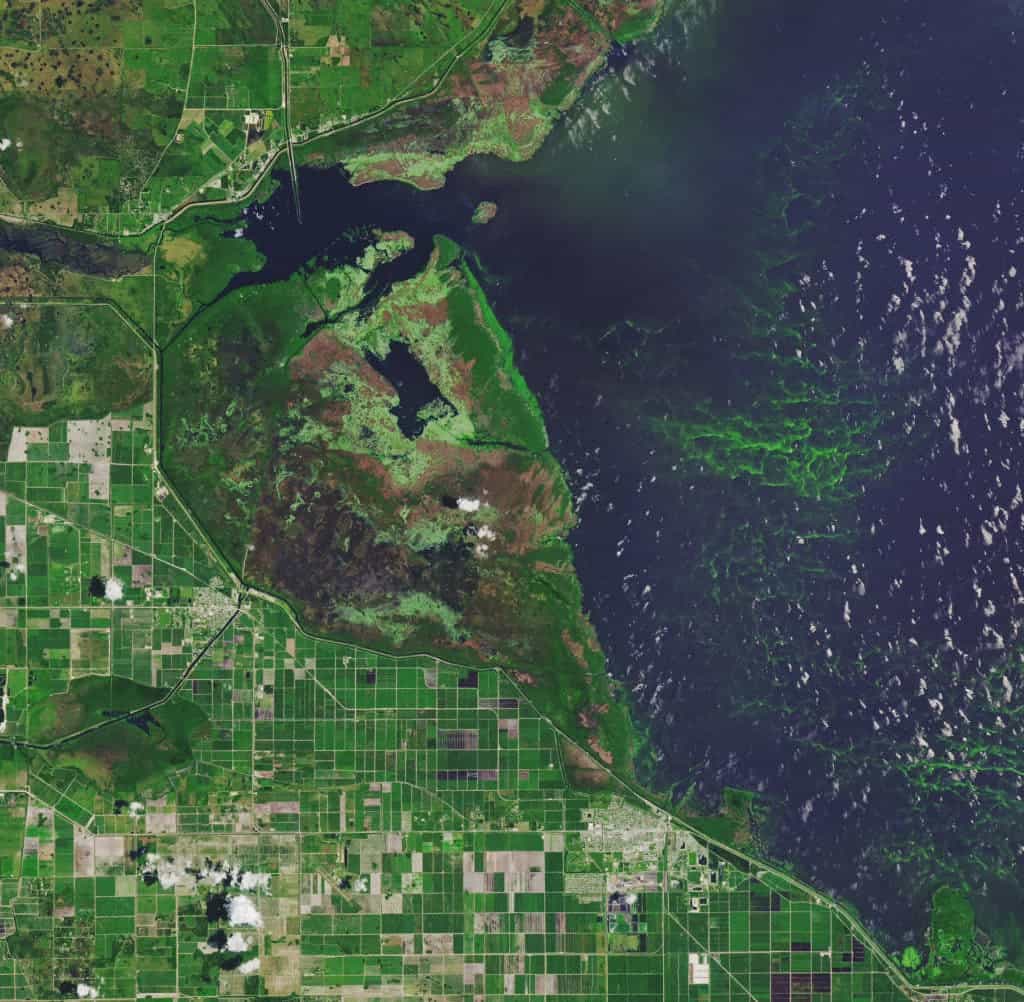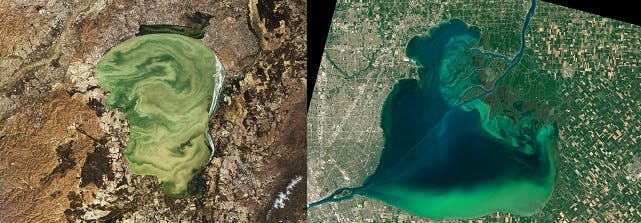Carrying out the first survey of large, freshwater lakes, a group of researchers has proven that the intensity of summer algal blooms has increased over the past three decades, showing the problem is truly getting worse on a global scale.

Toledo and Florida have seen frequent reports of harmful algal blooms over the last few years, but with no certainty over the extent of the problem. This phenomenon can be harmful because of the intensity of the growth or because the algae include populations of toxin-producing phytoplankton.
“Toxic algal blooms affect drinking water supplies, agriculture, fishing, recreation, and tourism,” explained lead author Ho. “Studies indicate that just in the United States, freshwater blooms result in the loss of US$4 billion each year.”
Previous studies on freshwater algal blooms have either focused on individual lakes or specific regions, or the period examined was comparatively short. No long-term global studies of freshwater blooms had been undertaken until now.
The team headed by Ho used 30 years of data from NASA and the U.S. Geological Survey’s Landsat 5 near-Earth satellite, which monitored the planet’s surface between 1984 and 2013 at 30-meter resolution, to reveal long-term trends in summer algal blooms in 71 large lakes in 33 countries on six continents.
To do so, they formed a partnership with Google Earth Engine to process and analyze more than 72 billion data points.
“We found that the peak intensity of summertime algal blooms increased in more than two-thirds of lakes but decreased in a statistically significant way in only six of the lakes,” author Anna Michalak explained. “This means that algal blooms really are getting more widespread and more intense, and it’s not just that we are paying more attention to them now than we were decades ago.”
The reasons for the increase varied from lake to lake, with no consistent patterns among the lakes where blooms have become worse, even when considering factors such as fertilizer use, rainfall, or temperature.

One clear finding, however, is that among the lakes that improved at any point over the 30-year period, only the ones that experienced the least warming were able to sustain improvements in bloom conditions. This suggests that climate change is likely already hampering lake recovery in some areas.
“This finding illustrates how important it is to identify the factors that make some lakes more susceptible to climate change,” Michalak said. “We need to develop water management strategies that better reflect the ways that local hydrological conditions are affected by a changing climate.”
Why can algae be harmful?
Ranging from microscopic, single-celled organisms to large seaweeds, algae are simple plants that form the base of food webs. Under the right conditions, algae may grow out of control — and a few of these “blooms” produce toxins that can kill fish, mammals, and birds, and may cause human illness.
Other algae are non-toxic but consume all of the oxygen in the water as they decay, clog the gills of fish and invertebrates or smother corals and submerged aquatic vegetation. Still, others can discolor water and form huge, smelly piles on beaches or contaminate drinking water. Collectively, these events are called harmful algal blooms.
Many U.S. coastal and Great Lakes state experiences HABs. These blooms are a national and international concern because they affect not only the health of people and marine ecosystems, but also the “health” of the economy — especially coastal communities dependent on the income of jobs generated through fishing and tourism.


